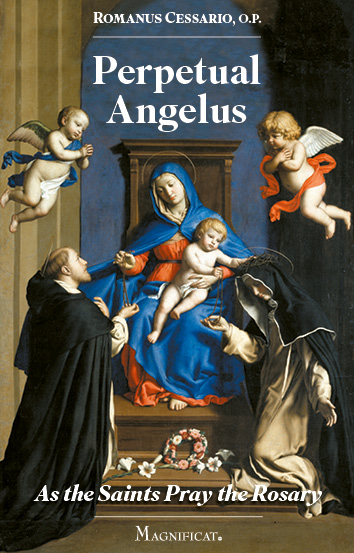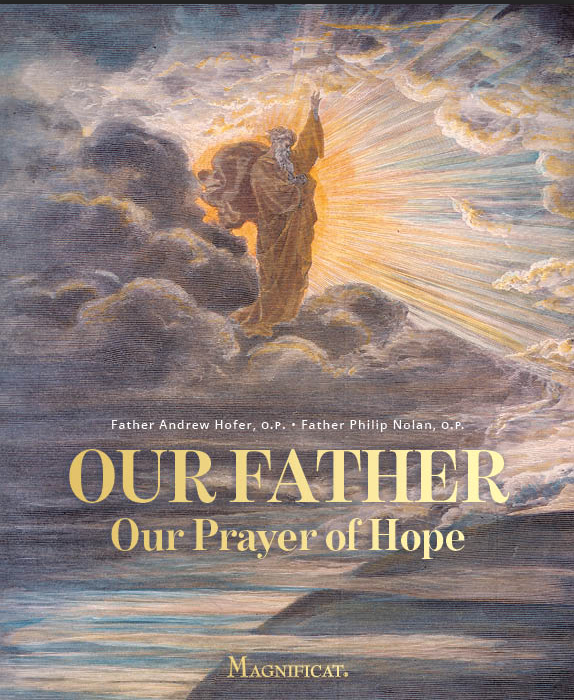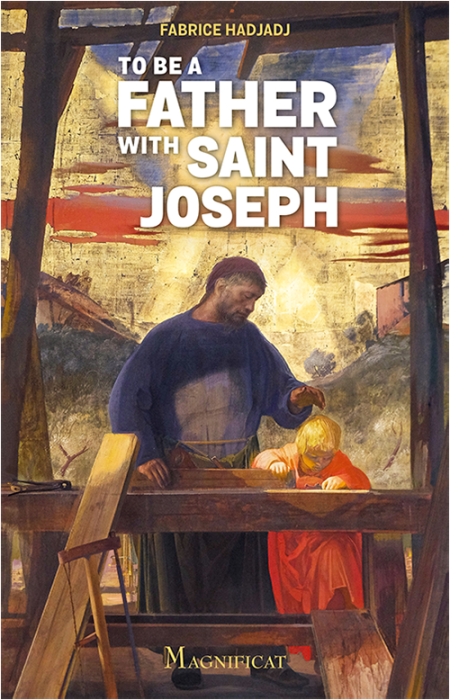“Without the priest, the death and passion of our Lord would be of no use. It is the priest who continues the work of Redemption on earth.” These are the words of the patron of priests, St. John Marie Vianney. The Church entrusts priests to his care and asks them to learn from his example. In a particular way, the month of August is marked by saintly priests who had tremendous devotion to the Eucharist. Pope St. Pius X, St. John Eudes, St, Peter Julian Eymard, and St. John Vianney beckon us to be caught up into the Eucharistic transformation. These priests loved the priesthood and lived as instruments of the Redemption.
Drawn to the altar
Upon arriving at Ars, St. John Vianney purchased, with his own personal and limited money, a new altar. He knew the transformation of Ars, the transformation of his people, would take place only through the Eucharistic sacrifice. His homilies, his penances, his countless hours in the confessional were all for the purpose of drawing souls to the altar, to where the Mystery of the Redemption takes place. His whole life was spent uniting himself and his people to the Sacrifice of the Altar. Towards the end of his life, his body worn by tireless service to the Church, the holy Curé’s homilies were oftentimes inaudible. With tears, he would simply point to the tabernacle and utter barely recognizable words of love. His parishioners did not stir, for they knew that they were witnessing the mystical marriage of man and God.
Offering and sacrifice
Daily, the priest processes to the altar carrying with him the sufferings of the whole Church. With the bread and wine brought forth by the people, the priest places these sufferings on the altar, uniting them to the one sacrifice of Christ. The people bring forth these gifts in faith and place them into the hands of the priest. Although faith tells us what the outcome of this offering will be, there is nonetheless, an overwhelming sense of suspense. How could such a marvelous thing be true? The priest offers the gifts, and in a wonderful exchange, God accepts thesegifts,and in return, gives us himself. Signaling that this marvelous exchange has once again taken place, the priest genuflects in adoration before what was once bread and wine become the Body and Blood of Christ! By this genuflection, the priest announces that in Christ all things are made new. He announces that sinners may be transformed into saints, and that on the last day the dead shall rise. This genuflection brings joy to the Church and fortifies Christians in faith.
A wonderful exchange
During Eucharistic Prayer I, the priest prays, “In humble prayer we ask you, almighty God: command that these gifts be borne by the hands of your holy Angel to your altar on high in the sight of your divine majesty, so that all of us, who through this participation at the altar receive the most holy Body and Blood of your Son, may be filled with every grace and heavenly blessing.” The priest first received and offered the gifts of the people. Now, from the altar in heaven, he offers them the gift of God himself. They are drawn up into this transformation and they are forever changed.
St. John Vianney’s whole life was marked by an intimate participation in the Eucharistic Sacrifice. Strengthened by the Eucharist, he spent himself almost to exhaustion, trying to win souls for God. It was through his deep and abiding love forthe Eucharist that he was able to pray these words: “Grant me the conversion of my parish, and I am ready to suffer whatever you wish for the rest of my life.”
The day he arrived at his parish, John Vianney knew that something extraordinary was necessary in order to turn it around. He therefore erected a more beautiful altar and led his parish to it. Upon that altar, in a wonderful exchange, a parish was transformed and a humble priest became the patron saint of priests. May his prayers and the prayers of the great patrons of the Eucharist, like Pope St. Pius X, St. John Eudes, and St. Peter Julian Eymard, draw us ever closer to the Eucharist and bring us safely to the heavenly altar.
©Magnificat August 1999









